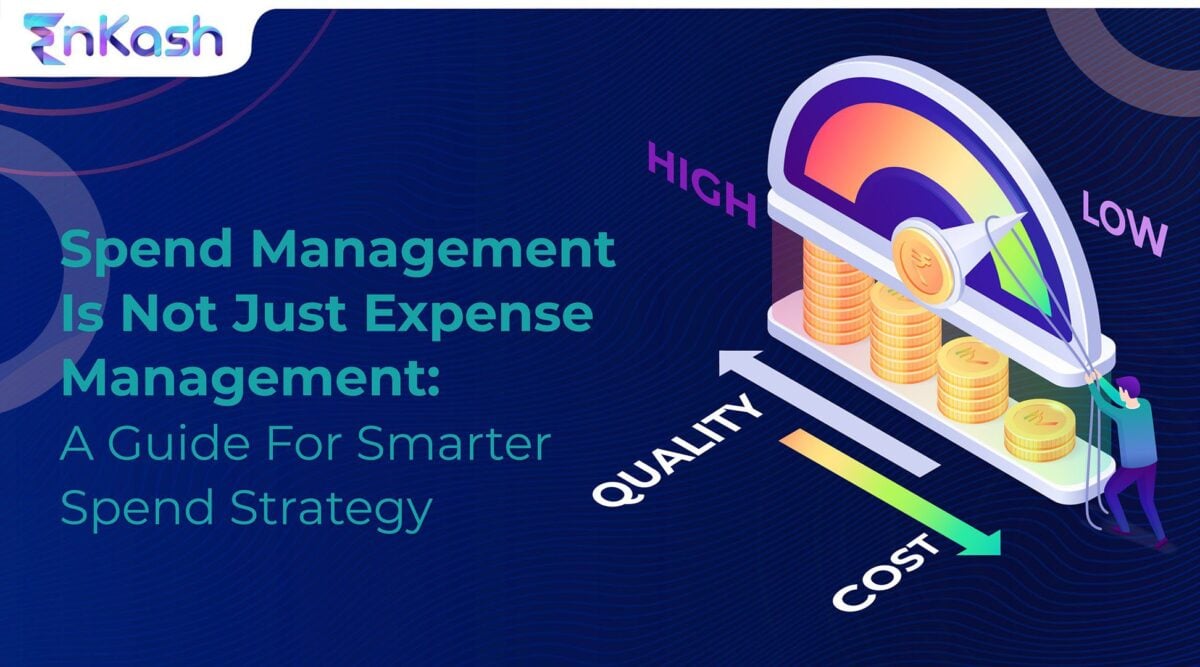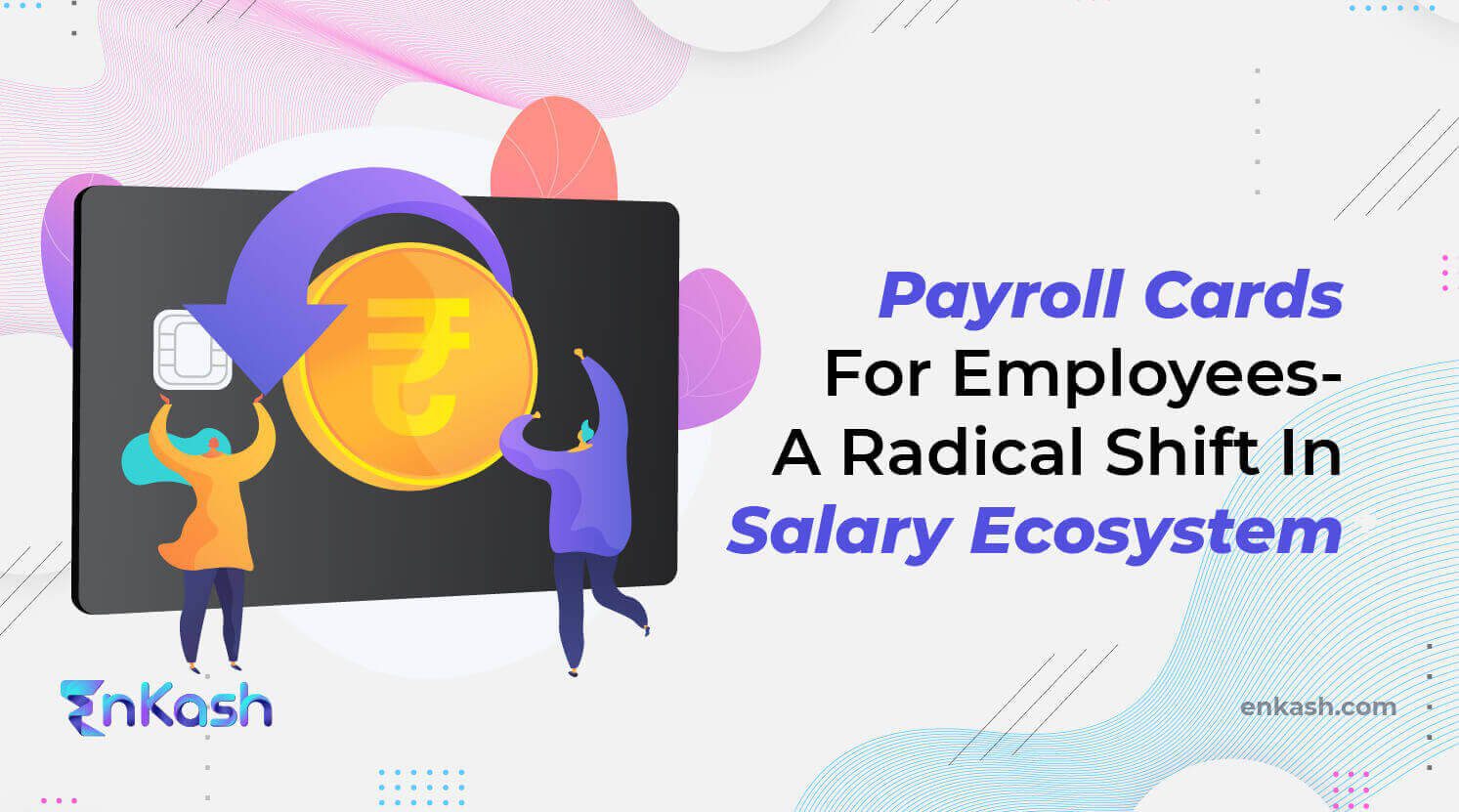The payroll management process is one of the most complex things for new business owners and HR personnel. From calculating salaries and allowances to complying with various tax regulations, the process can be overwhelming. But fear not! This comprehensive guide will break down the payroll processing in India into easy-to-understand steps, methods, and stages, and give you all the information you need for smooth and compliant payroll processing.
What is Payroll Processing?
Before diving into the nitty-gritty, let’s clearly understand what payroll processing means. In essence, it’s the entire cycle involved in calculating, withholding, and disbursing employee compensation. This includes various components like:
- Calculating gross salary: This includes base salary, allowances, bonuses, and other earnings
- Deducting taxes and other contributions: This involves Tax Deducted at Source (TDS), Provident Fund (PF), and professional tax
- Net salary calculation: This is the final amount paid to the employee after deducting all taxes and contributions
- Payslip generation: This document details the breakdown of the employee’s salary, including earnings, deductions, and net pay
- Statutory compliance: Adhering to labor laws and government regulations regarding payroll processing
Types of Payroll Processes in India
Manual Payroll
This traditional method involves manual calculations and record-keeping using spreadsheets or registers. While suitable for small businesses, it can be time-consuming, prone to errors, and challenging to scale.
In-House Payroll Software
Businesses can invest in dedicated payroll software to automate various tasks like calculations, deductions, and payslip generation. While offering more efficiency than manual methods, this option often requires upfront investment and technical expertise for implementation and maintenance.
Outsourced Payroll Services
Many companies choose to outsource their payroll processing to specialized service providers. This eliminates the burden of managing payroll in-house, ensuring expertise, compliance, and access to advanced features, but it comes with associated service fees.
Stages of Manual Payroll Processing
Payroll processing may seem like an easy task but it is a collective effort of multiple departments including HR, finance, and legal. The process includes the following functions:
- Standardized payroll structure
- Centralizing payroll inputs
- Validating inputs
- Calculating payroll
- Deduct taxes and other statutory compliances
- Payroll accounting
- Making the salary payment
- Make statutory payments
- Payslips and tax computation sheets
Stages of Automated Payroll Processing
Automation in payroll processing can bring efficiency, accuracy, and transparency to the system.
- Policy & Compliance: Establish clear pay practices, and deductions, and ensure adherence to tax and labor laws.
- Centralized Data: Gather and manage employee details, timekeeping data, and deductions in a single system.
- Automated Inputs: Integrate timekeeping systems or allow for employee self-service to reduce manual entry.
- Input Validation: Implement automatic checks to ensure data accuracy before processing payroll.
- Automated Calculations: Utilize payroll software to calculate gross pay, taxes (income tax, etc.), and net pay.
- Deduction Management: Automatically withhold and track deductions for taxes, benefits, and other obligations.
- Secure Payment Processing: Distribute net pay via direct deposit or paper checks with proper security measures.
- Automated Tax & Reporting: Withhold and deposit taxes to relevant authorities on schedule.
- Electronic Payslips: Generate and deliver payslips to employees electronically for easy access and record-keeping.
- Automated Reconciliation: Reconcile payroll accounts regularly to ensure accuracy and identify any discrepancies.
Functions of Payroll Processing
Payroll has the following functionality:
Developing a Comprehensive Payroll Policy
- This policy must outline the guidelines for employee compensation, inclusive of pay schedules, overtime rules, bonuses, and paid time off.
- State different components like basic salary, variable pay (commission, bonuses, etc.), House Rent Allowance (HRA), Leave Travel Allowance (LTA), and any other applicable allowances clearly in the payslip.
Establishing a Streamlined Payroll Process
- Data Gathering: Collect essential employee information like salary structure, bank account details, tax withholdings, and benefit deductions.
- Timekeeping: Have a system in place to track employee hours worked, including regular hours, overtime, and paid leave.
- Calculation: Utilize efficient payroll software to accurately calculate gross pay, statutory deductions (income tax, social security, etc.), and non-statutory deductions (medical insurance, retirement contributions, etc.)
Distribute Salaries and Payslips
- Salary Disbursement: Pay net salaries to employees through their preferred method, such as direct deposit or paper checks.
- Payslips: Hand over payslips to employees detailing their earnings, deductions, and net pay. These can be physical copies or digital versions delivered electronically.
Timely Tax and Deduction Deposits
- Tax Withholding: Deposit tax withholdings with the concerned tax authorities within the mandated timeframe.
- Other Deductions: Submit employee contributions towards social security, pension plans, or other benefits to the designated institutions according to their schedules.
Maintaining Accurate Payroll Records
- Maintain payroll records securely including timesheets, payslips, and tax filings to ensure compliance with regulations and for future reference.
- Regularly reconcile payroll accounts to verify their accuracy and identify any discrepancies.
Steps Involved in Payroll Processing
Defining the organization’s payroll policy
Onboard employees for payroll
Creating salary components
Compute the salary to be paid to all employees
Distribute authentic payslips and tax worksheets
Complete tax filing for all the statutory
Understanding the Payroll Process Steps in India
The payroll process steps in India is divided into two phases – pre-payroll and post-payroll.
Pre-Payroll Process
- Define Your Payroll Policy
The foundation of your payroll system lies in establishing a clear and well-defined payroll policy. This document outlines essential aspects like:
Pay cycle: How often employees will be paid (e.g., monthly, bi-weekly)
Salary components: Breakdown of different elements included in the gross salary (e.g., basic salary, allowances, bonuses)
Leave and attendance policy: Guidelines for leave entitlements and recording attendance
Tax regulations: Procedures for calculating and withholding taxes like Tax Deducted at Source (TDS)
- Gather Employee Information
Accurate and up-to-date employee information is vital for accurate payroll processing. This includes details like:
Name, address, and contact information
Bank account details for salary disbursement
PAN (Permanent Account Number) for tax purposes
Investment declarations (if applicable)
- Track Attendance and Leave
Maintaining meticulous records of employee attendance and leave is crucial for calculating their net pay accurately. This can be done through various methods, such as:
Biometric attendance systems
Time and attendance software
Manual attendance registers
- Calculate Gross Salary and Deductions
Once you have all the necessary information, you can proceed with calculating the gross salary based on the agreed-upon pay structure. Subsequently, various deductions need to be applied, including:
TDS: Tax deducted at source, calculated based on the employee’s income tax slab
Provident Fund (PF): A mandatory contribution towards employee retirement savings, shared between employer and employee
Professional Tax: A state-specific levy on employee income
Other deductions: Any additional deductions authorized by the employee, such as health insurance premiums or loan repayments
- Calculate Net Salary
After factoring in all deductions from the gross salary, you arrive at the net salary, which is the final amount paid to the employee.
Actual Payroll Process
- Disburse Salaries and Generate Payslips
The calculated net salary is then disbursed to the employees through their designated bank accounts. Additionally, generating payslips for each employee is crucial. These documents provide a breakdown of their earnings, deductions, and net pay, ensuring transparency and record-keeping.
Post Payroll Process
- File Statutory Reports and Deposit Deductions
Finally, businesses are obligated to file statutory reports and deposit deducted taxes and contributions to the authorities within stipulated deadlines. This ensures compliance with various regulations like the Income Tax Act, PF Act, and Professional Tax Act.
Payroll Process Challenges in India
Despite the outlined steps, the payroll process in India can present several challenges:
Complex and Evolving Regulations: The Indian regulatory landscape for payroll is complex and subject to frequent changes. Keeping up-to-date with these changes and ensuring compliance can be overwhelming
Manual Processes: Relying solely on manual methods can be time-consuming, prone to errors, and inefficient, especially for businesses with a growing workforce
Data Security Concerns: Managing sensitive employee data like bank account details and tax information necessitates robust security measures to prevent breaches and ensure data privacy
Managing Multiple Branches and Locations: Businesses with geographically dispersed branches or remote employees face additional complexities in consolidating attendance, leave, and payroll data for centralized processing.
Streamline Your Business’s Payroll Processing
Why is Payroll Processing Important for Businesses?
Accurate and timely payroll processing is crucial for businesses of all sizes for several reasons:
- Employee Satisfaction: Getting paid accurately and on time is vital for employee morale and motivation. Delays or errors can create frustration and negatively impact employee engagement.
- Compliance with Regulations: Businesses in India must comply with various tax and labor laws regarding employee compensation. Failing to do so can result in hefty penalties and legal repercussions.
- Financial Accuracy: Maintaining accurate payroll records is essential for financial reporting and budgeting purposes. It ensures transparency and helps businesses make informed financial decisions.
Payroll Processing with Examples
To illustrate the payroll process in India with a practical example, let’s consider the following scenario:
An employee earns a monthly gross salary of ₹50,000
Their deductions include:
TDS: ₹10,000 (based on applicable tax slab)
PF: ₹2,500 (employer contribution: ₹1,250, employee contribution: ₹1,250)
Professional Tax: ₹200
Therefore, the net salary payable to the employee would be: ₹50,000 – ₹10,000 – ₹2,500 – ₹200 = ₹37,300
Remember, this is a simplified example, and actual calculations may vary depending on individual circumstances and specific deductions applicable.
How Can EnKash Help Streamline Your Payroll Processing?
EnKash understands the complexities of the payroll management process and strives to simplify it for businesses of all sizes. We offer comprehensive payroll processing services that address the challenges mentioned above and empower you to manage your payroll efficiently and compliantly.
Here’s how EnKash can help:
Employee Data Verification: Streamline the onboarding process by efficiently collecting and validating crucial employee information through our e-KYC feature. By verifying details before initiating payroll, EnKash ensures accuracy and compliance with regulatory requirements, minimizing errors in the payroll system.
Salary Account Validation: EnKash employs the penny-drop method to validate salary account details before processing payroll transactions. This proactive approach minimizes the risk of payment errors, enhancing financial security and ensuring that employees receive their salaries promptly.
Seamless Integration and Accessibility: Our platform ensures seamless integration with your existing systems and easy accessibility from anywhere, anytime. Whether you’re in the office or on the go, you can conveniently manage your payroll operations with just a few clicks.
Multi-Branch Disbursement: Simplify the complexities of managing payroll across multiple branches with EnKash’s one-click solution. Easily initiate employee salaries for different branches using a single, user-friendly dashboard, streamlining the entire multi-branch payroll process.
Flexible Functionality: EnKash goes beyond standard payroll processing by offering flexible functionality. Whether you need to ensure timely payments for interns, contractors, or full-time employees, our platform effortlessly handles both regular and off-cycle payroll. Additionally,
EnKash enables swift processing of reimbursements alongside monthly payroll, providing comprehensive payroll management.
Tailored Solutions for Businesses of All Sizes: Whether you’re a small startup or a large enterprise, EnKash provides customizable payroll solutions to meet your specific needs. Our flexible platform adapts to your unique payroll policies and scales alongside your business, ensuring seamless operations regardless of your size or industry.
Enhanced Data Security and Confidentiality: With EnKash, you can rest assured that your sensitive payroll data is secure and confidential. Our robust security measures and data encryption protocols safeguard your information against unauthorized access or breaches, giving you peace of mind.
Conclusion
Payroll processing, although complex, is an essential function for any business in India. It’s not a one-size-fits-all endeavor. It requires careful consideration of your business’s unique needs and circumstances. By understanding the various steps, methods, and challenges involved, you can ensure accurate, timely, and compliant payroll for your employees. This, in turn, fosters employee satisfaction, financial accuracy, and overall business success.
Frequently Asked Questions
Q: What are the consequences of non-compliance with payroll regulations in India?
Non-compliance with payroll regulations in India can lead to hefty penalties, legal repercussions, and damage to your business’s reputation. It’s essential to stay updated on relevant laws and ensure adherence to avoid such consequences.
Q: How often should payroll processing be done in India?
Payroll processing frequency in India can vary depending on your business’s policies and the applicable laws. Typically, it’s done on a monthly basis, but some businesses may choose to process payroll bi-weekly or semi-monthly.
Q: What are some common deductions from employee salaries?
Common deductions include Tax Deducted at Source (TDS), Provident Fund (PF) contributions, professional tax, and any authorized deductions like health insurance premiums or loan repayments.
Q: What are the advantages of outsourcing payroll processing?
Outsourcing payroll processing can save time and resources, ensure compliance with regulations, provide access to expertise and advanced technology, and free up internal staff to focus on core business activities. However, it’s essential to choose a reputable and reliable payroll processing service provider.
Q: Can payroll processing be fully automated?
Yes, payroll processing can be fully automated using dedicated payroll software or platforms like EnKash.







































 Gurgaon Mumbai Pune Bengaluru
Gurgaon Mumbai Pune Bengaluru